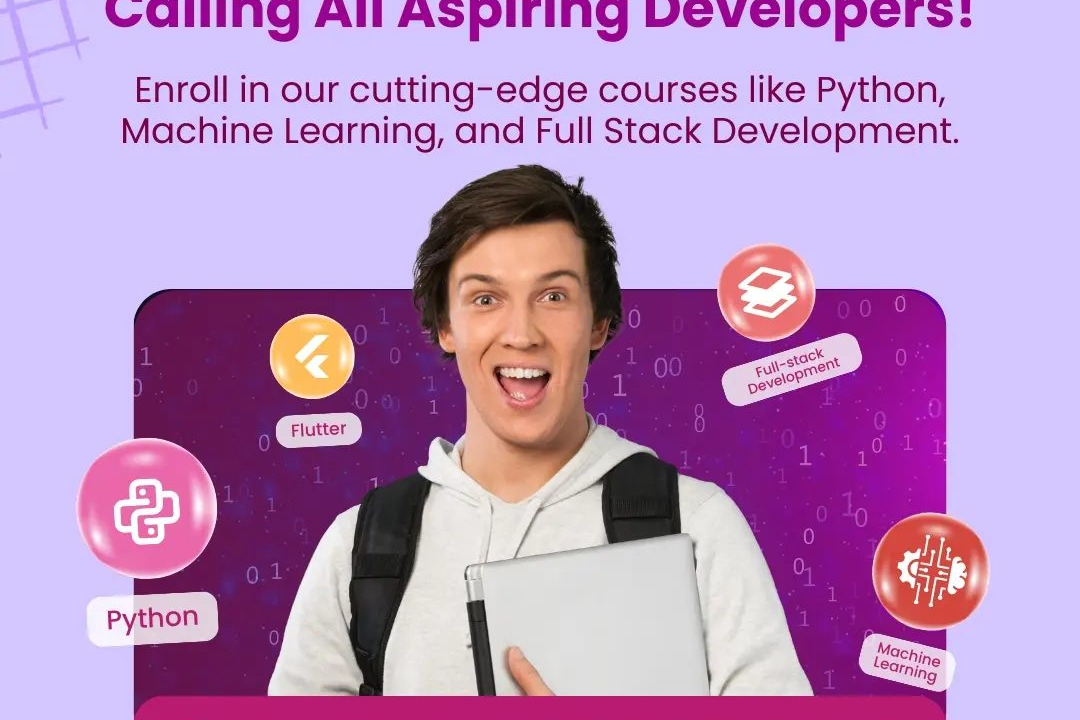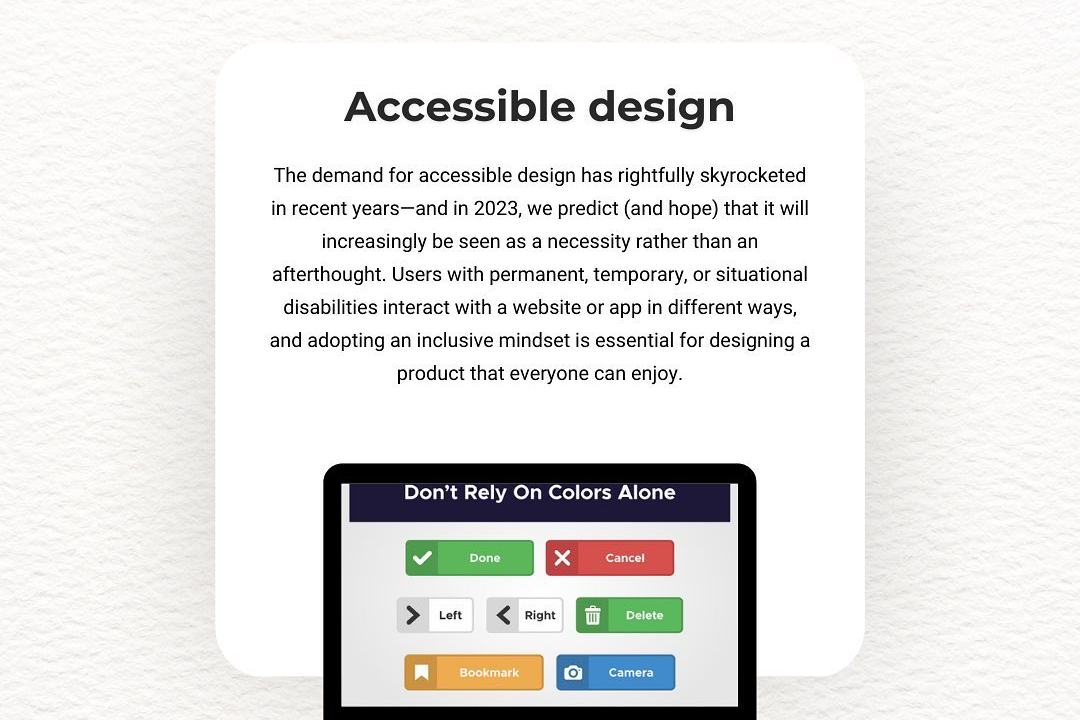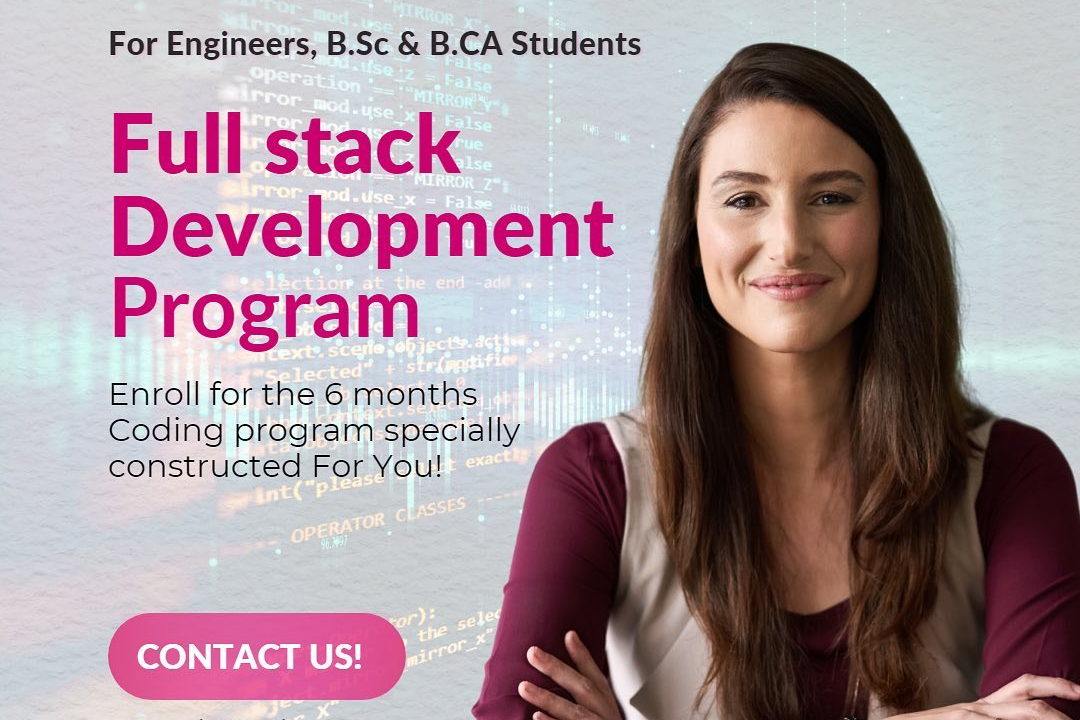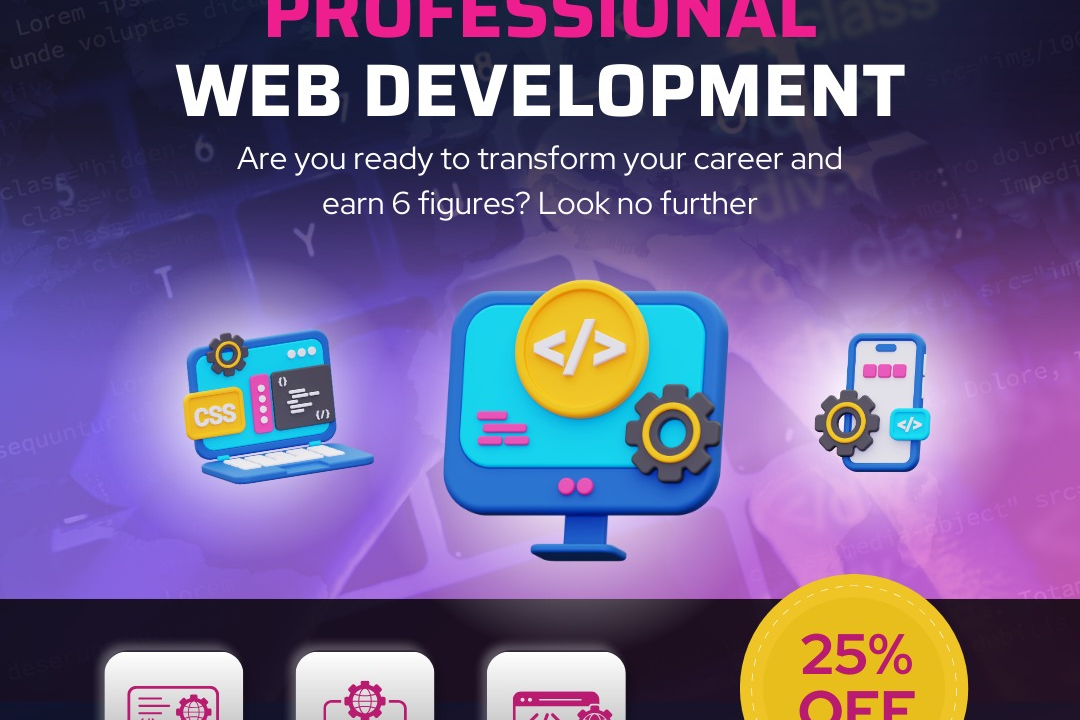laravel interview questions and answers for experienced PDF
Comprehensive Guide to Laravel Interview Questions and Answers for Experienced Developers
laravel interview questions and answers for experienced PDF
The “Laravel Interview Questions and Answers for Experienced” PDF is an invaluable resource for professionals seeking to enhance their knowledge and prepare for interviews in the competitive field of web development. It compiles a wide range of technical questions that focus on advanced concepts, practical applications, and real-world scenarios related to Laravel, a popular PHP framework. By providing detailed answers and explanations, this PDF not only helps candidates brush up on their skills but also boosts their confidence in articulating their expertise during interviews. This resource serves to bridge the gap between theoretical knowledge and practical understanding, making it essential for experienced developers aiming to excel in their career progression within the Laravel ecosystem.
To Download Our Brochure: https://www.justacademy.co/download-brochure-for-free
Message us for more information: +91 9987184296
1 - What is Laravel's service container?
The service container is a powerful tool for managing dependencies in Laravel. It allows developers to bind classes and interfaces into the container, enabling automatic resolution of dependencies during the application lifecycle.
2) How does Laravel handle routing?
Laravel utilizes a simple and expressive routing system that allows developers to define routes within a routes file. Developers can create routes using closures or controller actions, making it easy to handle HTTP requests and map them to specific functionality.
3) What is Eloquent ORM?
Eloquent ORM is Laravel's built in Object Relational Mapping tool that provides a simple ActiveRecord implementation for database interactions. It enables developers to interact with the database using intuitive syntax and allows for relationships such as one to many, many to many, and polymorphic relationships.
4) Explain Middleware in Laravel.
Middleware in Laravel acts as a bridge between a request and a response, allowing developers to filter and modify HTTP requests entering the application. Common use cases include authentication, logging, and CORS handling, enabling easy management of cross cutting concerns in the application.
5) What is the purpose of the .env file?
The .env file is used to store environment variables that define application configuration settings. It allows developers to set sensitive information such as database credentials, API keys, and other configuration values that vary between environments without hardcoding them into the application code.
6) How can you create a RESTful API in Laravel?
Creating a RESTful API in Laravel involves defining routes that correspond to HTTP verbs (GET, POST, PUT, DELETE) and mapping them to controller actions. Developers can leverage Eloquent models for data retrieval and manipulation to create a structured and efficient API architecture.
7) What are Laravel's events and listeners?
Events and listeners in Laravel enable developers to decouple various parts of the application by allowing an event to trigger one or more listeners. This pattern facilitates a clean architecture and promotes better code organization by separating business logic from event handling.
8) Discuss Laravel’s task scheduling.
Laravel's task scheduling, introduced in version 5.0, allows developers to define scheduled tasks within the application itself. Using the `schedule` method in the Console Kernel, tasks can be executed at specified intervals without needing to manually configure cron jobs on the server.
9) What are form requests in Laravel?
Form requests in Laravel provide a dedicated way to validate incoming HTTP requests. They encapsulate validation logic within a separate class, enabling cleaner controllers and reusability while streamlining the validation process for incoming data.
10) Describe the role of migrations in Laravel.
Migrations in Laravel serve as version control for the database schema, allowing developers to incrementally modify the database structure. They enable easy tracking of changes, collaboration among team members, and deploying updates to the database schema across different environments.
11 - What is the use of Laravel Mix?
Laravel Mix is a powerful asset compilation tool integrated into Laravel that simplifies the process of compiling and minifying CSS and JavaScript files. By providing an expressive API, Mix enables developers to define build steps and automate the asset management workflow efficiently.
12) How do you implement authentication in Laravel?
Authentication in Laravel can be implemented through built in features such as Laravel Breeze or Jetstream, which scaffold user authentication and registration systems. For custom implementations, developers can utilize Laravel's Auth facade for managing user sessions, password hashing, and guard configurations.
13) What are queues in Laravel?
Queues in Laravel allow for the deferred execution of tasks, improving application performance by offloading time consuming processes, such as email sending and data processing. Laravel provides a unified API across various queue backends, making it easy to manage background jobs.
14) Explain the concept of service providers.
Service providers in Laravel are responsible for bootstrapping various components of the application. Each service provider contains a `register` and a `boot` method, where developers can bind services into the service container and perform any necessary setup upon application initialization.
15) What is the use of Cache in Laravel?
Laravel provides an expressive cache interface that allows developers to store and retrieve items from various cache backends effortlessly. By caching frequently accessed data, Laravel applications can significantly enhance performance and reduce load times, promoting a better user experience.
16) What is Blade templating in Laravel?
Blade is Laravel's powerful and flexible templating engine that allows developers to create dynamic views. With Blade, developers can use custom directives, inherit layouts, and easily embed PHP code within HTML, providing a clean and efficient way to manage front end presentation.
17) How do you handle validation in Laravel?
Validation in Laravel can be accomplished using various methods, including inline validation within controllers, form request validation, and custom validation rules. The framework provides extensive built in rules and helpful error messages, making it easy to ensure that incoming data meets specified criteria.
18) Explain how to implement localization in Laravel.
Localization in Laravel allows the application to support multiple languages easily. Developers can use language files stored in the `resources/lang` directory to define translations for strings, and the `__` helper function can be used to retrieve the translated text throughout the application.
19) Describe the role of route model binding in Laravel.
Route model binding in Laravel automatically resolves Eloquent models based on the route parameters. By type hinting the model in the route's closure or controller method, Laravel retrieves the corresponding model instance from the database, simplifying code and promoting cleaner route definitions.
20) What is the purpose of the `artisan` command line interface?
Laravel's `artisan` command line interface is a powerful tool that provides various commands for managing the application. It allows developers to perform tasks such as running migrations, generating controllers and models, caching configurations, and executing tests, streamlining the development process.
21 - How can you implement file uploads in Laravel?
Laravel simplifies file uploads through the use of the `Storage` facade and requests. Developers can validate file input, store uploaded files on the server or cloud storage, and retrieve the URL for the uploaded files, all while taking advantage of built in features like file validation rules and automatic storage paths.
22) What is the role of the job class in Laravel?
Job classes in Laravel encapsulate tasks that can be dispatched to queues for background processing. By defining jobs, developers can organize and manage long running processes, ensuring a responsive application. Jobs support retries, chaining, and various queue mechanisms for efficient execution.
23) Explain the concept of policies in Laravel.
Policies in Laravel provide a structured way to authorize user actions regarding specific models or resources. Developers can define authorization logic within a policy class, allowing methods to check permissions easily and implement fine grained access control in accordance with user roles and permissions.
24) What are custom Artisan commands?
Custom Artisan commands allow developers to create their own terminal commands specific to their application needs. By extending the `Command` class and registering the commands in the `Kernel`, developers can automate repetitive tasks, making it easier to manage complex workflows.
25) Discuss the use of Laravel Telescope.
Laravel Telescope is a debugging assistant for Laravel applications that provides insight into request details, database queries, exceptions, queued jobs, and more. It offers a user friendly interface to monitor and diagnose issues in real time, enhancing the development and debugging experience.
26) How do you manage environment configurations in Laravel?
Environment configurations in Laravel can be managed using the `.env` file, where developers can specify various settings such as database connections, API keys, and other environment specific values. Laravel automatically loads these variables into the application, ensuring a smooth and secure configuration management process.
27) What is the purpose of the `config` file in Laravel?
The `config` files in Laravel store various application configuration options. These files, located in the `config` directory, define application settings for services, database connections, caching, and more, allowing developers to centralize and manage configuration in a clean and organized manner.
28) How do you implement custom validation rules in Laravel?
Custom validation rules in Laravel can be implemented by creating a rule class that implements the `Rule` interface or by defining closure based validation rules. This flexibility allows developers to encapsulate complex validation logic and reuse it throughout the application as needed.
29) What is the purpose of Laravel sanctum?
Laravel Sanctum is a lightweight authentication system that provides a simple way to authenticate single page applications (SPAs) or APIs using token based authentication. It allows for easy management of user authentication without the complexity of OAuth, making it an ideal choice for many Laravel applications.
30) How do you write tests in Laravel?
Laravel provides a robust testing framework built on PHPUnit that allows developers to write unit tests, feature tests, and browser tests. With easy to use testing methods and helpers, developers can ensure application functionality, catch regressions, and maintain high code quality throughout development.
Course Overview
The “Laravel Interview Questions and Answers for Experienced” course is designed to equip participants with a comprehensive understanding of advanced Laravel topics, making it an ideal resource for developers preparing for interviews in a competitive job market. This course covers a wide range of critical subjects, from routing and middleware to Eloquent ORM, security practices, testing, and deployment strategies. By providing in-depth insights and practical examples, learners will gain the confidence to tackle common interview questions and articulate their knowledge effectively. Additionally, participants will receive a downloadable PDF resource that consolidates key questions and expert answers, serving as a valuable study tool for mastering Laravel concepts and enhancing their job readiness.
Course Description
The “Laravel Interview Questions and Answers for Experienced” course offers an extensive collection of essential interview questions tailored for seasoned developers well-versed in Laravel. This course provides in-depth insights into advanced topics such as routing, middleware, Eloquent ORM, security practices, and testing strategies, all crucial for demonstrating expertise in real-world applications. Designed for those preparing for interviews, the course includes a downloadable PDF resource that compiles key questions and expert answers, enabling learners to reinforce their knowledge and improve their confidence. By the end of this course, participants will have a solid understanding of Laravel's intricacies, equipping them to excel in technical interviews and advance their careers.
Key Features
1 - Comprehensive Tool Coverage: Provides hands-on training with a range of industry-standard testing tools, including Selenium, JIRA, LoadRunner, and TestRail.
2) Practical Exercises: Features real-world exercises and case studies to apply tools in various testing scenarios.
3) Interactive Learning: Includes interactive sessions with industry experts for personalized feedback and guidance.
4) Detailed Tutorials: Offers extensive tutorials and documentation on tool functionalities and best practices.
5) Advanced Techniques: Covers both fundamental and advanced techniques for using testing tools effectively.
6) Data Visualization: Integrates tools for visualizing test metrics and results, enhancing data interpretation and decision-making.
7) Tool Integration: Teaches how to integrate testing tools into the software development lifecycle for streamlined workflows.
8) Project-Based Learning: Focuses on project-based learning to build practical skills and create a portfolio of completed tasks.
9) Career Support: Provides resources and support for applying learned skills to real-world job scenarios, including resume building and interview preparation.
10) Up-to-Date Content: Ensures that course materials reflect the latest industry standards and tool updates.
Benefits of taking our course
Functional Tools
1 - Integrated Development Environment (IDE)
The course emphasizes the use of popular Integrated Development Environments (IDEs) like PhpStorm and Visual Studio Code. These tools provide features such as syntax highlighting, code completion, and debugging capabilities that facilitate a smoother and more efficient coding experience. Using an IDE enables developers to streamline their workflow, manage projects effectively, and easily navigate through larger codebases, which is essential when answering complex interview questions.
2) PHP and Laravel Framework
A strong foundation in PHP is critical as Laravel is built upon it. The course provides in depth knowledge of PHP alongside Laravel, including its syntax, underlying principles, and common real time applications. By understanding both PHP and the Laravel framework, students can approach interview questions with confidence, showcasing their in depth knowledge of how Laravel enhances PHP development by providing features like routing, ORM, and templating engines.
3) Version Control Systems (VCS)
The program teaches the importance of using version control systems like Git. These tools not only allow developers to track changes in their code but also to collaborate with others seamlessly. In interviews, knowledge of version control systems is often assessed, as they are crucial in modern software development practices. Understanding Git commands and branching strategies can make a candidate more appealing to potential employers.
4) Database Management Tools
Proficiency in database management is vital for Laravel developers. The course includes training on tools like MySQL and PhpMyAdmin, which are used to manage databases effectively. Students learn how to create, manipulate, and query databases within Laravel applications. This knowledge is especially useful during interviews, where candidates are frequently asked about database relationships and how to optimize data retrieval.
5) Testing Tools and Frameworks
Testing is an integral part of Laravel development, ensuring that applications function correctly and meet user requirements. The course introduces tools such as PHPUnit and Laravel Dusk, allowing students to implement unit and end to end testing. Understanding testing frameworks is crucial for candidates, as it demonstrates attention to quality and reliability in software development—qualities that employers highly value.
6) Local Development Environments
Familiarity with local development environments like Laravel Homestead or Docker is covered in the course. These tools enable developers to set up consistent environments for developing and testing Laravel applications without dependency issues. Knowing how to configure and use local development environments is an advantage in interviews, as candidates can discuss their development processes confidently and articulate challenges faced during real time project implementation.
7) API Development Tools
Understanding API development and consumption is critical in the Laravel ecosystem. The training includes exposure to tools like Postman, which allows students to test and develop APIs. Candidates in interviews are often quizzed on their experience with RESTful APIs and how they interact with them using Laravel. Being adept in API development tools helps candidates articulate their experience and understanding of modern web application architecture.
8) Middleware and Authentication
The course delves into Laravel's middleware and authentication mechanisms, which manage incoming requests and secure applications. By understanding how to implement authentication using Laravel's built in methods, students can effectively manage user access and create secure applications. Knowledge in this area is frequently assessed in interviews, where candidates might be asked about their experience with user authentication and authorization processes.
9) Frontend Integration
Students will explore integrating frontend technologies with Laravel, including Blade templating and frontend frameworks like Vue.js or React. This knowledge is essential as many employers seek developers who can bridge the gap between backend and frontend development. Understanding how to render dynamic views and interact with APIs enhances candidates’ appeal during interviews.
10) Deployment and Hosting
The course covers various deployment strategies for Laravel applications, including shared hosting, cloud services like AWS, and containerized deployments using Docker. This knowledge is critical for candidates, as they should be familiar with the deployment process and environments. Being able to discuss deployment challenges and solutions can significantly impact interview performance.
11 - Managing Dependencies with Composer
Familiarity with Composer, PHP's dependency manager, is vital for managing Laravel packages and libraries. The course provides hands on experience with Composer, covering how to install, update, and configure various Laravel packages. Interviewers often inquire about how candidates manage dependencies in their projects, making this skill a valuable talking point.
12) Real time Data Handling
Through the course, students learn how to handle real time data using Laravel's broadcasting capabilities and WebSockets. This feature allows for dynamic web applications that can push updates to users instantly. Understanding real time data handling can set candidates apart in interviews, as most modern applications demand high responsiveness and user engagement.
13) Command Line Interface (CLI) Techniques
The course teaches the use of the Artisan command line interface, which is integral to simplifying many Laravel tasks such as migrations, testing, and code generation. Proficiency with CLI can frequently come up in interviews, with candidates expected to demonstrate how they utilize these tools to enhance their development workflow.
14) Laravel Package Development
Students will also explore how to create custom Laravel packages, enabling them to extend functionality and share their code with the community. This topic is often an exciting discussion point in interviews, as candidates can showcase their ability to write reusable, modular code and contribute to the open source Laravel ecosystem.
15) Best Practices and Design Patterns
The course emphasizes best practices in coding and software design patterns such as MVC (Model View Controller), which is core to Laravel architecture. Awareness of these practices reflects a candidate's professionalism and readiness to collaborate in a team environment, which can resonate well during job interviews.
16) Laravel Ecosystem Tools
Students gain insights into various tools that enhance the Laravel ecosystem, such as Laravel Forge for server management and Laravel Envoyer for deployment. Familiarity with these tools shows potential employers that a candidate is not only skilled in development but also well versed in maintaining and optimizing their applications post deployment.
17) Community Support and Resources
Engagement with the Laravel community can be a significant advantage. The course encourages students to utilize forums, blogs, and documentation to seek help and continue learning post course. Candidates can discuss their experiences with community support in interviews, showcasing their commitment to ongoing professional development and collaboration.
18) Soft Skills Development
Lastly, the course incorporates training on essential soft skills such as problem solving, teamwork, and effective communication. Mastery of these skills allows candidates to articulate their thoughts clearly and interact positively with team members, making them more attractive to employers who value collaboration and mutual respect in the workplace.
Browse our course links : https://www.justacademy.co/all-courses
To Join our FREE DEMO Session: Click Here
This information is sourced from JustAcademy
Contact Info:
Roshan Chaturvedi
Message us on Whatsapp:
Email id: info@justacademy.co
Ios Developer Interview Questions And Answers For Freshers
Android Architecture Components











